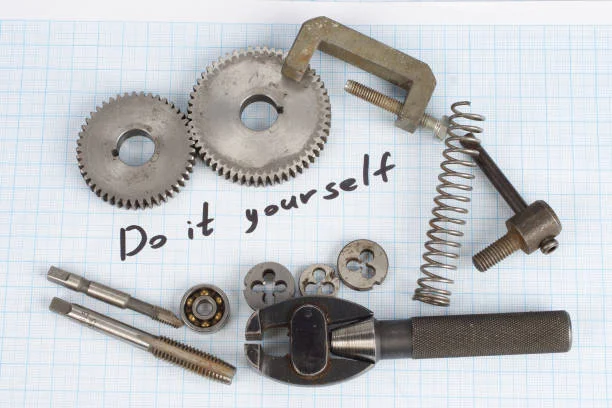Tooling costs in precision manufacturing may tend to add speedily, particularly when tools wear out too early, break down, or fail to work as expected. Among the most widely used tools for internal threading are form taps, also known as roll taps or forming taps of Prolong the Life.
Unlike cutting taps that remove material to form threads, form taps displace material to create strong, smooth, and chip-free threads. They are known to be long-lived and efficient, but the real and practical cost saving is possible when used and maintained in appropriate ways.
This blog explores actionable ways to prolong the life of your forming taps and significantly reduce your operational costs.
Still curious? Here’s another read we think you’ll love.
Use Proper Lubrication
Lubrication is essential to reduce the friction and heat generated during the threading process. Since forming taps work by displacing material rather than cutting, they create more friction than traditional taps.
A high-quality tapping oil or lubricant designed explicitly for thread forming will significantly reduce wear on the tap. Never apply just any type of lubricant, though. As an example, aluminium needs a different lubricant from stainless steel. Consistent lubrication ensures a smooth forming process, lowers the risk of tool breakage, and improves thread quality for Prolong the Life.
Optimize Speed and Feed Rates
Improper speed and feeds are able to ruin even the most excellent tool in a short period of time. Because forming taps don’t produce chips, they can typically run at higher speeds than cutting taps. But that does not imply speed is always best.
The high speed or the aggressive feed rate may lead to overheating, galling, or even failure of the tool. Optimal parameters should always be consulted with the guidelines of the manufacturer.
Remember that different material has their ideal sweet spot, and what is excellent in aluminum may not be compatible with more complex alloys.
Ensure Proper Hole Size
The pre-tap hole diameter is especially critical when using forming taps. When the hole is small, then it requires too much material to be turned out of its place, therefore making high torque, a lot of wear, or even breakage of the tap occur.
If the hole is too large, the resulting thread will be undersized and may not meet specifications. Always use the recommended drill size for your material and thread spec.
Many manufacturers provide drill size charts specifically for forming taps, as the ideal diameter differs from that used for cutting taps of Prolong the Life.
Maintain Tool Alignment
Improper alignment of the tap with the hole can lead to uneven thread formation, increased torque, and premature wear. More seriously, it may break the tap or ruin the workpiece.
Even when manually tapping or using CNC equipment, check that the spindle or tapping head to be installed is centered properly. In CNC setups, use rigid tapping or floating tap holders to maintain accurate alignment during the threading cycle.
Good alignment is crucial towards ensuring that forming forces are tapped throughout, which serves the purpose of prolonging the life of the tap.
Monitor Tap Condition Regularly
Even the most durable forming taps wear out over time. Continuing to use a worn tap can result in poor thread quality, increased torque, and potential damage to the workpiece.
That is why a periodic checkup is necessary. The noticeable indications will be findings of rounding at the lobe, discoloration by heat, or resistance to tapping.
Implement a preventive maintenance schedule where taps are inspected and, if needed, replaced after a set number of cycles.
Store Taps Correctly
Tool life also depends on how taps are handled and stored. Tossing forming taps into drawers or bins can lead to chipped edges or surface damage that affects performance.
Always store taps in dedicated containers or trays that prevent contact between tools. Storage areas should be clean and dry to avoid rust or corrosion.
By taking care of your taps even when they’re not in use, you ensure they remain sharp and ready for peak performance every time.
Consider Regrinding When Applicable
For high-volume operations, consider having your forming taps reground once they show signs of wear. This is especially viable for carbide taps, which can often be refurbished to near-original performance.
While not all form taps are suitable for regrinding, those that are can offer considerable savings over time. Consult professional tool reconditioning services so that they can maintain the geometry and tolerances are preserved during the regrinding process.
Conclusion
When used correctly, forming taps already offer superior durability and performance compared to their cutting counterparts.
Nonetheless, by selecting the right material, lubricating, setting optimal machining parameters, and regularly maintaining them, it is possible to make their lives even longer, resulting in significant savings of costs.
In competitive manufacturing environments, these minor adjustments can make a substantial impact on productivity and profitability. Don’t just buy better tools—use them better.
You’ll find even more guides and resources on Managment Works Media.






